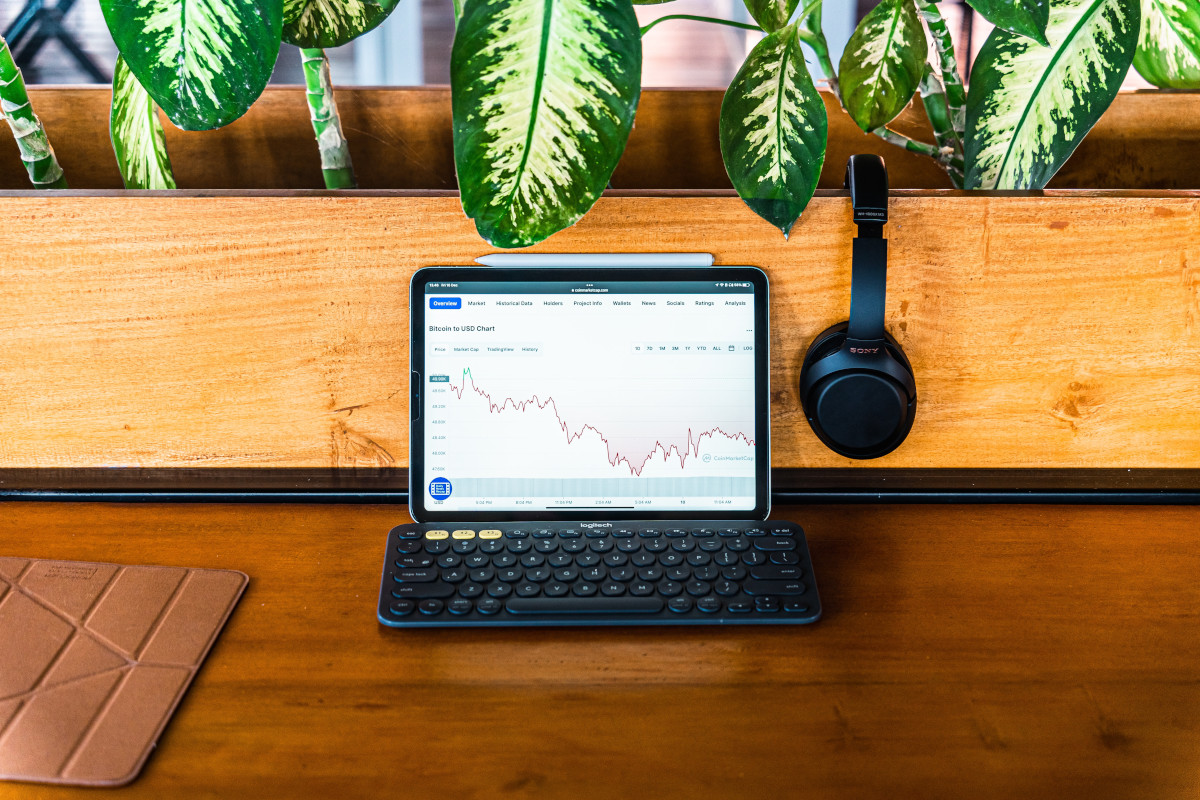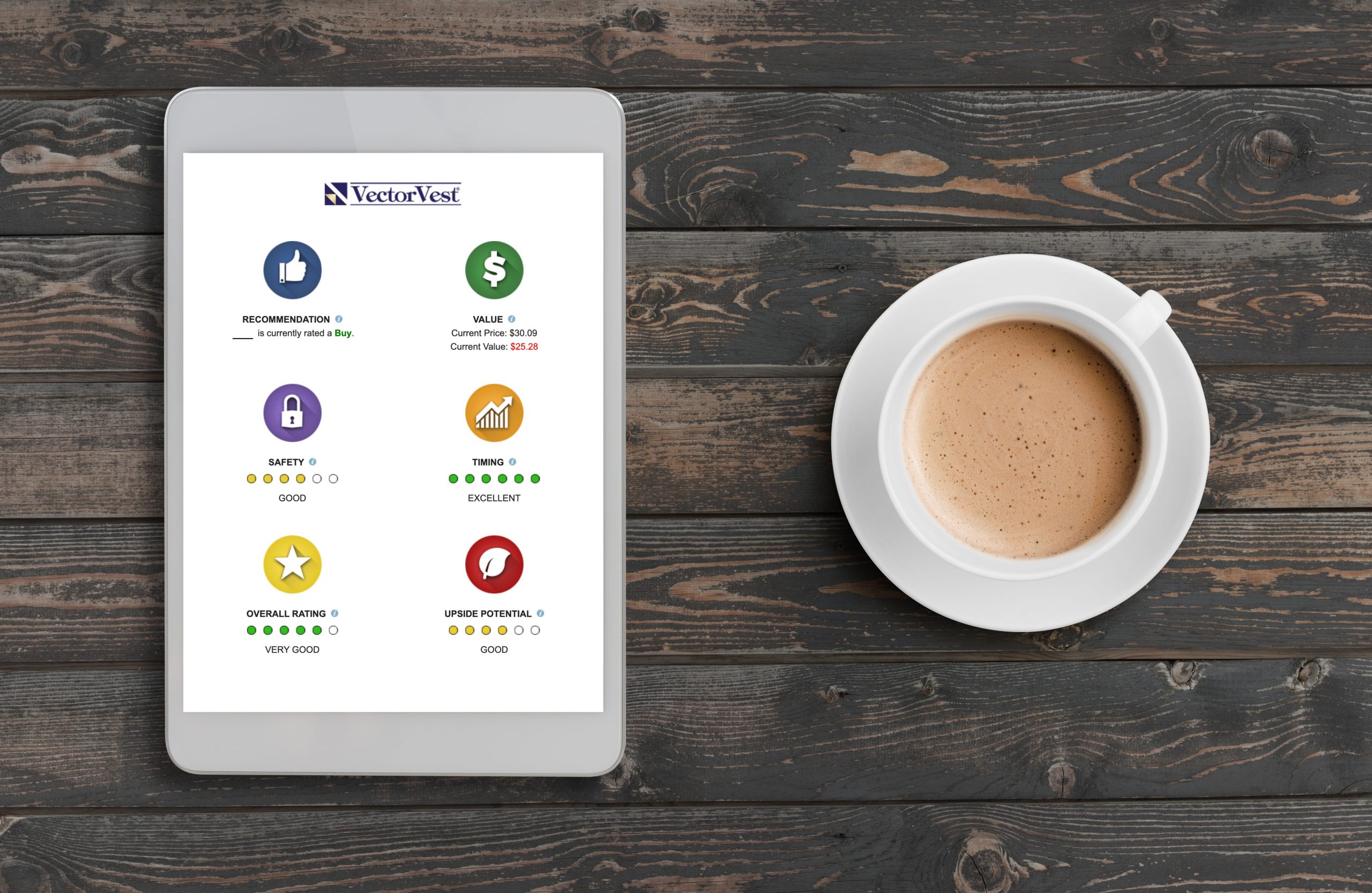You’re at a crossroads as an investor, standing between two distinct paths: buy and hold vs timing the market. While each of these strategies has its merits, only one of them is right for you. And we’re here to help you find out which that is.
Oftentimes, navigating the world of investing can often seem like trying to find your way through an intricate labyrinth. Each path promises a potential route to financial growth, yet the looming uncertainty of market fluctuations casts a cloud of ambiguity over the best course of action.
The strategies you choose can significantly influence your financial journey, dictating not only the destination but also the smoothness of the ride. Your goal is to earn substantial, consistent profits and protect yourself from unnecessary risk – all while spending as little time seated in front of your screen as possible.
That’s why we’re going to break down the debate between market timing vs buy and hold, comparing and contrasting each against the other. By the time we’ve finished this short guide, you’ll feel much more confident in setting out as an investor and taking the next steps to start trading. First things first – what’s the difference between each of these strategies?
What’s the Difference Between Buy and Hold vs Timing the Market?
Investment strategies can be likened to the tools in a craftsman’s toolbox – each has a specific purpose, and choosing the right one depends on the task at hand. In the financial world, the two most popular tools or strategies in this toolbox are buy and hold and market timing.
The primary difference between these two approaches lies in how they perceive the stock market and the methodology they employ to achieve their financial goals. They differ in their levels of involvement, their perceptions of market trends, risk tolerance, and the potential for returns.
What Does Buy and Hold Mean?
Buy and hold is the proverbial tortoise in the investment race. It’s an approach where an investor purchases stocks and holds onto them for a long duration, regardless of market fluctuations. The underlying philosophy is that over the long term, the stock market will provide a decent rate of return despite periods of volatility or decline.
Buy and hold investors are banking on the historical uptrend of the stock market. They believe in the strength of their chosen investments and are willing to weather the storms of market downturns.
In essence, this strategy is about patience and belief in the overall growth of the economy. It’s a hands-off approach that requires less time and stress in front of the computer screen but could also mean enduring periods of drastic portfolio value declines during volatile times.
However, these days, buy and hold isn’t the only approach to investing that can free you from the shackles of spending hours in front of charts, reading news, and executing trades. With the right system, you can enjoy a minimal effort approach while timing the market as well.
More on that later. First, we need to introduce the other half of this conversation: market timing strategies.
What Does Timing the Market Mean?
Now – what is market timing? This is more of a dynamic strategy. Instead of adopting a ‘set-it-and-forget-it’ attitude, market timers actively engage with their investments. They aim to capitalize on market fluctuations by buying low during downturns and selling high during upswings.
Market timers view the stock market as a somewhat predictable entity, guided by patterns, trends, and indicators. They strive to decipher these patterns using sophisticated tools and systems to help predict market movements and act accordingly.
The philosophy of market timing revolves around actively managing risk and seizing opportunities as they present themselves. Market timing may demand more involvement and could seem more complex, but the potential rewards are often higher.
While both of these strategies have their place in the investing world, one of them can offer you a way to actively manage risks, seize profitable opportunities, and provide you with a sense of control over your financial destiny.
Can you guess which one it might be? Stay tuned as we delve deeper into these strategies and their impacts on your investment journey. It’s time to help you find clarity as to which approach to investing is best for you.
Buy and Hold vs Timing the Market: Which is Better?
We’ll compare buy and hold vs timing the market based on the three criteria that matter the most to investors: profit potential, risk, and time commitment.
Essentially, we’re going to help you answer this question: which strategy will make you more money with less work and stress? Stay tuned to find out…
Profit Potential
Let’s start with the aspect most investors have at the top of their minds: profit potential.
Buy and hold strategy is primarily centered on the belief that in the long run, stock markets generally increase in value. Yes, there are downturns, stock market recessions, even crashes, but given enough time, the markets tend to recover and ascend to new heights.
This strategy banks on the historical trend of the overall market’s upward trajectory over time. However, it’s worth noting that this approach often involves riding out market downturns and waiting – sometimes years – for investments to recover and yield substantial returns. Depending on where you’re at in life, that could come at an inopportune time right before or in retirement.
And oftentimes, those profits never actually manifest themselves. You’ve wasted months or years waiting around for a return that never comes. You don’t just lose capital as that stock you’ve been so patient with loses value – there’s the cost of what could have been, as you could have earned profits elsewhere.
On the flip side, market timing strives to capitalize on short-term price fluctuations to garner higher profits. The goal here is to buy low during downturns and sell high during upswings, therefore enhancing returns and potentially outperforming the ‘buy and hold’ strategy.
The capacity for larger gains exists because this strategy includes cash as a position. It leverages both the ups and downs of market cycles and allows you to invest greater sums at each low point. Market timing, when executed correctly, could dramatically increase profit potential compared to a buy-and-hold strategy.
Risk
Now, every investment strategy carries some degree of risk. This is part of the game – and you’ll never eliminate it entirely. The question is, which strategy is easier to execute consistently such that you keep your losses small and infrequent?
The ‘buy and hold’ strategy, while generally less stressful, also exposes the investor to market downturns. During such periods, you might watch the value of your portfolio decrease significantly and still need to hold on. Consider some of the major market crashes you’ve experienced in your lifetime. Were you able to hold the whole way through?
While markets generally rebound over time, the question remains: how comfortable are you watching your hard-earned money dwindle, even if only temporarily? And, the truth is, investors who follow a buy-and-hold strategy often watch their positions end up profitable – only to decline in cyclical market downturns.
Market timing, however, offers a more active risk management approach. By adjusting your investment positions in response to market changes, you have the potential to sidestep severe market downturns. You’re not merely at the mercy of market trends but rather have a say in how to respond to them.
Although no strategy can eliminate risk entirely, market timing, when used effectively, is predicated on managing and mitigating it. You take a more active approach to portfolio management and can protect your portfolio during unfavorable market conditions.
Similarly, you can enter and exit individual positions at the ideal time to capture profits, rather than witnessing your profits vanish because you’re continuing to hold for a longer-term goal.
Time Commitment
Whether you’re a full-time trader or are investing on the side, you want to get the most out of your time. The last thing you want is to feel chained to your desk, watching complex technical indicators, moving averages, and news releases. While no strategy is entirely “hands-off”, one of these appears to be less time intensive. At least, at first glance.
The ‘buy and hold’ strategy wins on the time commitment front, as it’s a passive strategy requiring less continual observation and adjustment. Once you’ve selected a diversified portfolio of investments, you can sit back and let time do its work.
On the contrary, market timing requires ongoing research, analysis, and adjustments. You need to monitor your portfolio daily as you eagerly await your window to enter and exit positions for the highest profit possible.
But wait, is there a way to enjoy the benefits of market timing without the significant time commitment? Indeed, there is.
With the right tools and resources, like those provided by VectorVest, you can efficiently implement a market timing strategy without spending all your free time in front of a computer screen. In fact, we like to say our system empowers you to win more trades with worry-free investing!
More on that later. For now, let’s put this debate to bed once and for all: which is better, market timing vs buy and hold?
So, Which is Better: Market Timing vs Buy and Hold?
When we consider profit potential, risk, and time commitment, market timing emerges as the superior strategy – particularly for those seeking higher returns and active risk management.
While it traditionally requires more time, modern tools and resources can simplify the process and make it a viable option for a broader range of investors. We’ll guide you through that below. First, though, we want to quickly touch on a few other strategies you have at your fingertips beyond buy and hold vs timing the market.
What About Other Investment Strategies?
While this article primarily focuses on ‘buy and hold’ and market timing, it’s worth noting that these aren’t the only strategies out there. Other approaches, such as value investing, growth investing, and income investing, offer different perspectives and methods.
However, each of these strategies can be further enhanced when coupled with an effective market timing approach. If you still want to explore other strategies, read our related articles on dollar cost averaging vs timing the market or timing the market vs time in the market.
You can also take your research a step further and discover the key differences between swing trading vs day trading, value investing vs growth investing, warrants vs options, stock vs options, positional trading vs swing trading, scalping vs swing trading, or trend trading vs swing trading.
For now, though, we want to introduce you to a strategy that will empower you to earn consistent, high returns with minimal work necessary – regardless of which strategy you employ.
Whichever Strategy You Rely on, Set Yourself Up For Success With VectorVest!
Regardless of your chosen investment strategy, having the right tools at your disposal is crucial for success. Whether you’re a staunch follower of the ‘buy and hold’ philosophy, a market timer, or somewhere in between, VectorVest has something to offer you.
As the best stock analysis app for beginners and seasoned traders alike, our system provides an unparalleled suite of resources to empower your investment decisions. Our dynamic platform delivers real-time market data and sophisticated analysis tools designed to guide both novices and seasoned investors.
For the ‘buy and hold’ investor, our robust stock analysis and ranking system can help you select a diversified portfolio of the best stocks for your unique goals. And our stock market sentiment overview gives you a macro view of market trends, ensuring you’re informed about the broader market context in which you’re investing.
For the market timers out there, VectorVest truly shines. Our platform offers a unique combination of tools that can help you identify the optimal times to buy and sell. It’s called every major market move since the Dot-com bubble and has outperformed the S&P 500 by 10x over the past 20 years.
Using our intuitive stock rating system, you can stay ahead of market trends and make your moves with confidence. And best of all, we’ve streamlined the process, saving you countless hours of research and analysis without compromising the quality of your decision-making. How? Simple – you’re given all the insights you need in 3 simple ratings. These are relative value (RV), relative safety (RS), and most importantly, relative timing (RT) – which is undoubtedly the best market timing indicator.
Together, these ratings illustrate the current conditions of any stock to help you win more trades with less work. You’re given a clear buy, sell, or hold recommendation for any given stock at any given time. It doesn’t get any quicker or easier than that!
And it’s not just about the tools. VectorVest also provides an extensive library of educational resources and a supportive community of fellow investors. Regardless of your experience level, you’ll find opportunities to learn, grow, and improve as an investor.
At VectorVest, our mission is to help you achieve investment success, regardless of the path you take. So whether you’re a ‘buy and hold’ investor, a market timer, or you’re still deciding which strategy is best for you, VectorVest can help you navigate your investment journey with confidence and ease.
You can check out the system in action today with a free stock analysis. But now, it’s time to wrap up this conversation on timing the market vs buy and hold strategies.
Parting Thoughts on Timing the Market vs Buy and Hold to a Close
We know that choosing among the various investment strategies can be overwhelming and stressful. But, we hope this guide on buy and hold vs timing the market has offered you clarity and left you confident in your next steps.
While market timing has its naysayers, you can’t dispute historical data. The truth is, investors like you are using our system in conjunction with a market timing strategy right now to earn impressive returns on autopilot. Why not try it out yourself and see what’s possible? You’re just a few clicks away from our mobile stock advisory or full-fledged stock analysis software!
What you should do next…
- Get our latest blogs delivered right to your inbox, subscribe to our newsletter.
- The market moves fast! Get our most current evaluation of this stock with our FREE stock analysis tool.
- Looking for stock picks? Not sure if now is the right time to buy/sell? For a limited time, enjoy the full benefits of a 30-day subscription to VectorVest for only $0.99 (usually up to $148/month) . Get access to our full list of screeners showcasing our top stock picks that tell you exactly what to buy, when to buy, and when to sell.








Leave A Comment